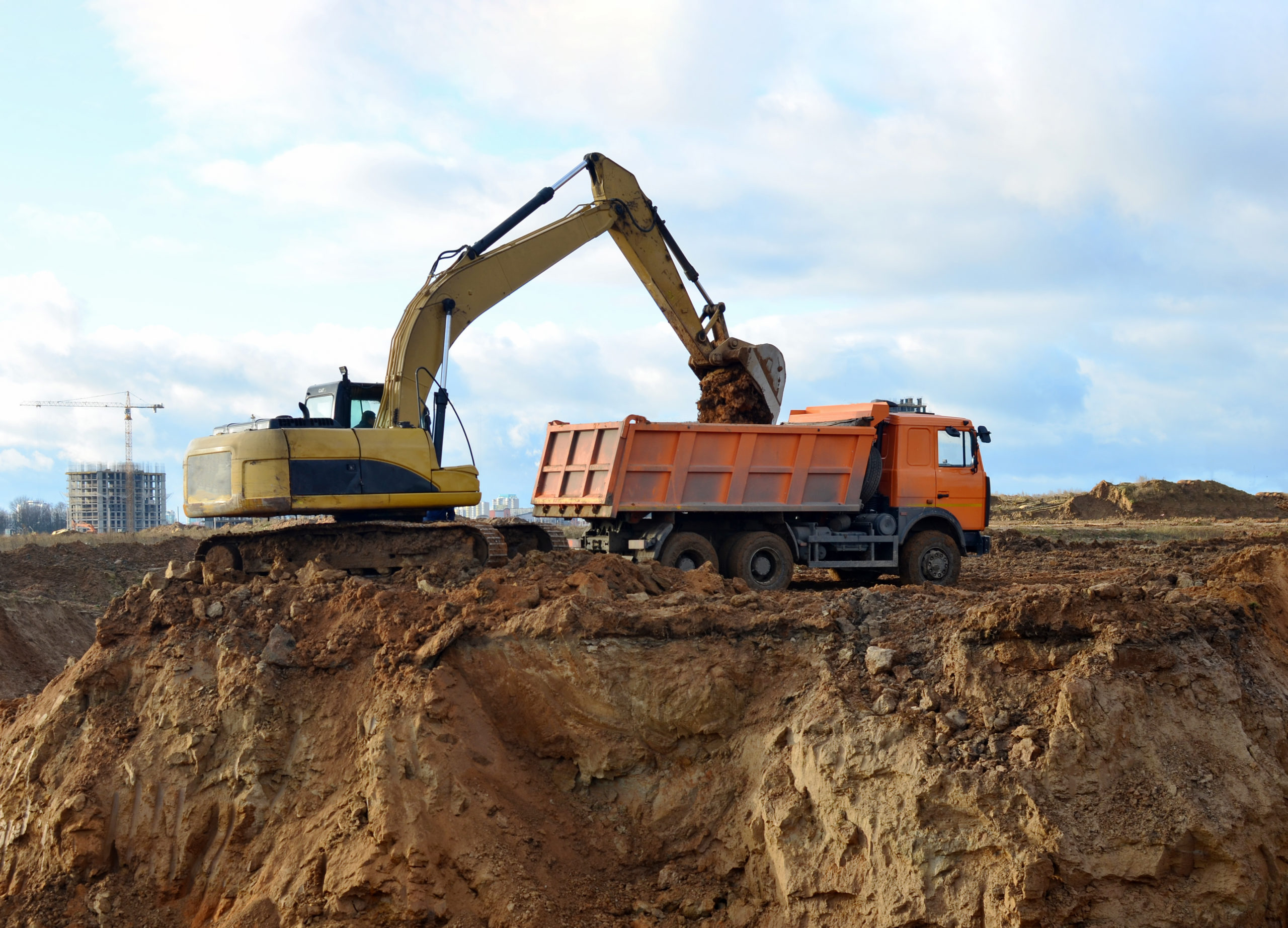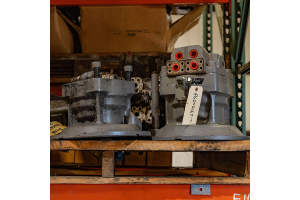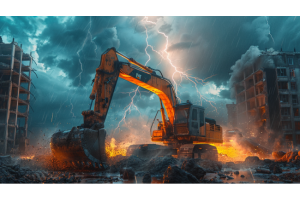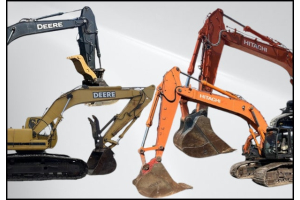
Since the beginning of the year, 26 people have been killed while working in or around trenches, which already surpasses the number of people killed in trench accidents from the previous year.
In an effort to take the problem head on, the U.S. Occupational Safety and Health Administration (OSHA) says it will consider referring cases for criminal prosecution.
OSHA inspectors are also slated to perform more than 1,000 trench inspections this year.
"Every one of these tragedies could have been prevented had employers complied with OSHA standards," says OSHA Assistant Secretary Doug Parker. "There simply is no excuse for ignoring safety requirements to prevent trench collapses and cave-ins, and leaving families, friends and co-workers to grieve when the solutions are so well-understood."
26 deaths are the most since 2016 where 33 workers lost their lives.
Workers have died in Texas, Washington, Connecticut and North Carolina.
One deadly accident happened on June 28 in Jarrell, Texas when two workers were buried alive after a 20-foot-deep trench collapsed. OSHA officials say trench shields were on site but weren't being used.
Criminal prosecution for deadly accidents isn't common.
“There is no reason – ever – for a worker to die unprotected in a trench collapse,” says Jessica E. Martinez, co-executive director for the National Council for Occupational Safety and Health. “Workers have been building trenches for literally thousands of years. We know how to do it safely: Slope the trench at a safe angle, shore it up, or shield workers with appropriate safety equipment.”
“Any employer that doesn’t follow these well-established safety protocols is putting workers’ lives at risk,” she adds. “If a worker is injured or killed in a trench, that’s no accident, it’s a crime – and it should be prosecuted.”
Trenches 5 feet or deeper require some form of protective systems. Industry safety experts refer to the three S’s – shield, shore or slope – to safeguard workers in trenches or excavations.
OSHA is also providing resources to help employers comply with trenching and excavation standards:
- TheOn-Site Consultation Programprovides free and confidential health and safety consulting for small and medium-sized businesses.
- OSHA'strenching and excavation webpageprovides additional information on trenching hazards and solutions, including asafety video.
- Workers who are being required to work in or beside unprotected trenches of 5 feet deep or more can contact their localOSHA or state plan office, or call 800-321-OSHA.









